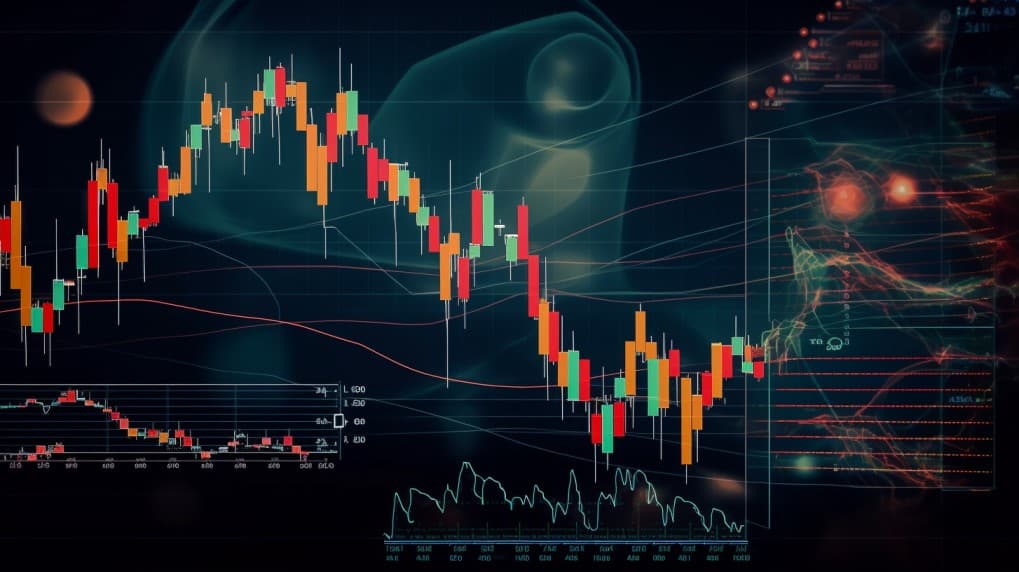
What is the DIVI ETF?
When it comes to navigating the intricate landscape of financial instruments, Exchange-Traded Funds (ETFs) have risen to prominence as versatile tools that offer investors exposure to a diverse range of assets. In this article, we delve into the DIVI ETF, exploring its features, benefits, and potential drawbacks, providing you with insights to make informed investment decisions.
DIVI ETF: Overview
The DIVI ETF, short for "Dividend Tilt ETF," presents a unique investment opportunity for those seeking a balance between dividend income and core market exposure. Under normal market conditions, the fund allocates at least 80% of its assets to the component securities of the Underlying Index and depositary receipts representing those securities.
The Underlying Index, a proprietary index maintained and calculated by Morningstar, Inc., builds upon the Morningstar® Developed Markets ex-North America Target Market Exposure Index. This index focuses on delivering a higher dividend yield than its parent index while limiting expected tracking error. The Parent Index comprises large- and mid-capitalization stocks representing the top 85% of the investable universe in developed markets, excluding North America.
DIVI ETF: Dividend Yield Optimization
One of the distinctive features of the DIVI ETF is its emphasis on maximizing dividend yield while controlling tracking error. Through an optimization process applied during quarterly reconstitution, eligible stocks from the Parent Index are selected and weighted to enhance the portfolio's dividend yield. However, certain constraints, such as individual stock, sector, and country weightings, are enforced to limit expected tracking error relative to the Parent Index.
The optimization process includes capping individual stock weightings, maintaining sector weightings within 5% of the Parent Index, and adhering to similar restrictions for country weightings. This approach ensures that the ETF maintains a dividend tilt while minimizing deviations from its benchmark.
[Image_placeholder]
DIVI ETF: Core Exposure and Portfolio Construction
The core nature of the DIVI ETF lies in its goal to deliver both dividend income and essential exposure to developed markets, excluding North America. This is achieved by incorporating tracking error constraints and other optimization mechanisms into the index methodology. Consequently, the ETF includes stocks that do not currently pay dividends due to the application of these constraints.
As of May 31, 2023, the Underlying Index encompassed a diverse range of 549 securities, representing various countries such as Australia, Germany, Japan, and the United Kingdom. This diversity underscores the global perspective that the DIVI ETF offers to investors.
DIVI ETF: Investment Strategies
The DIVI ETF employs a passive investment approach, aiming to closely mirror the performance of the Underlying Index before fees and expenses. This is achieved through either a replication strategy, which involves investing in all component securities of the index, or a representative sampling strategy. The latter strategy selects a subset of securities that mirror the overall risk and performance attributes of the Underlying Index.
Furthermore, the ETF may employ equity futures, equity total return swaps, foreign currency forward contracts, and currency futures contracts to optimize its performance and better track the Underlying Index.
Conclusion:
In the realm of financial instruments, the DIVI ETF stands out as a tool that combines dividend income with core market exposure. Its unique approach to dividend yield optimization, coupled with its adherence to tracking error constraints, offers investors a balanced investment opportunity. However, as with any investment, careful consideration and due diligence are essential before making investment decisions.
Disclaimer: This article provides general information and analysis about financial instruments and ETFs. It does not constitute investment advice, and the author is not providing any investment advisory services. Investors are encouraged to conduct their research and consult with financial professionals before making investment decisions.
Alternative Sources mentioned in the TITLE of the text: What is the DIVI ETF?
Sources: Morningstar, Inc. (Morningstar or Index Provider), DIVI ETF Prospectus, May 31, 2023 holdings report.
DIVI ETF issuer
DIVI ETF official page
DIVI quote and analysis
Discover the top holdings, correlations, and overlaps of ETFs using our visualization tool.
Our app allows you to build and track your portfolio.
To learn more about the DIVI Franklin International Core Dividend Tilt Index ETF, access our dedicated page now.
FAQ
What is the DIVI ETF?
DIVI ETF, is an exchange-traded fund that provides investors with exposure to companies operating in the relevant sector.
What is the underlying index that the DIVI ETF aims to track?
DIVI ETF aims to track the performance of a specific index, which includes companies involved in various aspects of the relevant industry.
What types of companies are included in the DIVI ETF?
DIVI ETF includes companies from the relevant industry, which may consist of specialized firms, equipment manufacturers, and other related entities.
How does the DIVI ETF work?
DIVI ETF functions by pooling investors' capital to purchase a diversified portfolio of related stocks, aiming to replicate the performance of the underlying index.
What are the advantages of investing in the DIVI ETF?
Investing in the DIVI ETF offers exposure to a specialized sector with potential for growth and innovation. It allows investors to diversify within the industry, which could experience significant advancements and expansion in the future.